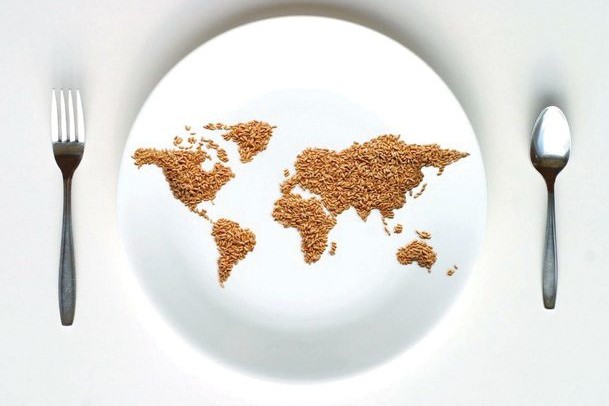REGENERATIVE AGRICULTURE (RA) IS the next iteration of an age-old battle about food production. The battle between sustainable intensification and agroecology.
The terms may have changed but the same principles applied, Professor Derrick Moot said, when he presented a talk about RA at the 2021 New Zealand Seed Trade Association conference recently.
The Lincoln University agronomy professor said regenerative agriculture was a new term which had come along to deal with the questions raised about food production.
How do we actually feed people? How do we produce food? Do we use agrichemicals, fertiliser and irrigation versus sustainable agriculture and organics?
The choice between using a high-input system or a low-input system, and an evidence-based process or a faith-based process.
“This is really a battle that has been going on for quite some time but at the heart of it is how do we feed 10 or 11 billion people,” Moot said.
Historically, we increased food production, and quite dramatically from about 1960, he said.
In 1940 the population of the world was about two billion, by 1960 it had increased to about three billion. To feed these people, basically land was deforested and turned into arable production, cropping, whether it be wheat or rice or something else.
“We essentially deforested the land to feed the people until the 1960s,” Moot said.
From then, the area of land being deforested flattened off quite dramatically, he said. Through to the 1970s there was a large intensification of the arable land that had already been deforested. The land started to produce more because it was irrigated and nitrogen fertiliser was used.
“Nitrogen fertiliser allowed us to produce more grain from the land area that had already been cleared,” Moot said.
By 1970 the yield from rice fields had increased from about two tonnes to 5t/h and there was a similar trend for wheat, barley and maize.
Now, with a world population of close to eight billion people, a little more deforestation was occurring as intensification and nitrogen fertiliser dropped off.
Nitrogen use had not increased, but land area had increased and that was a consequence of using less nitrogen fertiliser while population growth continued to increase, Moot said.
“That becomes an issue. We have to either intensify the land area or we are going to cause more deforestation.”
Moot said we can feed everybody on the planet today. But the way we feed them was either going to be an increase in the land area we have or an increase in intensification of the areas we are already producing food off.
Work done within Our Land and Water National Science Challenge found people in the agricultural sector believed climate change was going to be the big thing that affected NZ agriculture, particularly greenhouse gas emissions but also consumer preferences. With NZ a major exporter of product we had to be aware of what our overseas consumer wanted and how they perceived NZ agricultural systems.





